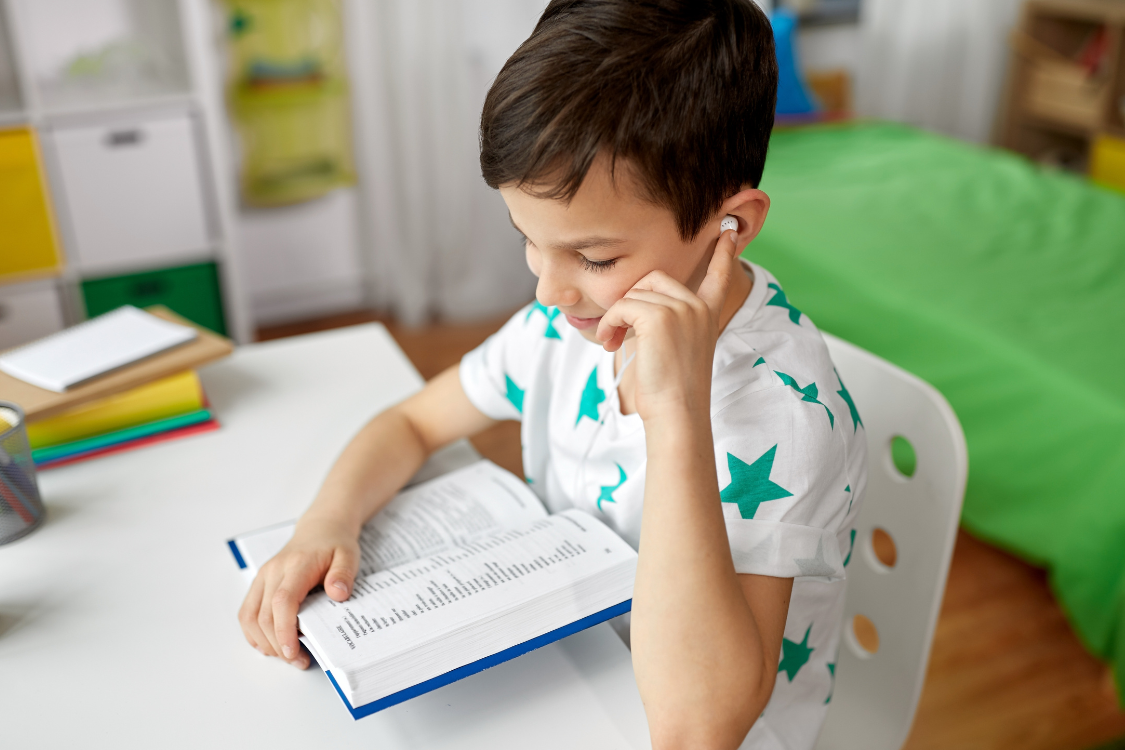Understanding developmentally appropriate practices can transform how you support your child’s reading journey, replacing anxiety with confidence and frustration with joy. Let’s explore how to nurture your young reader in ways that honor their individual development while setting them up for literacy success.
What Are Developmentally Appropriate Reading Practices?
Developmentally appropriate practice (DAP) is an approach to teaching that respects both the age and individual needs of each child. When it comes to reading, this philosophy recognizes that children develop literacy skills along a natural progression, with important foundations forming long before they read their first word.
Developmentally appropriate literacy instruction meets children where they are, acknowledging their current abilities, interests, and learning styles. Rather than forcing all children to meet the same benchmarks at the same time, DAP encourages providing the right support at the right time for each unique learner.
Effective reading development follows a sequence that begins in infancy with language exposure and gradually builds toward independent reading. Each stage lays crucial groundwork for the next:
- In infancy, babies begin developing phonological awareness through exposure to speech sounds
- Toddlers build vocabulary and language structures through conversations and being read to
- Preschoolers develop print awareness and letter recognition through playful exploration
- Kindergarteners and early elementary students learn sound-letter relationships and decoding
- Primary grade students develop fluency, comprehension, and reading independence
When we understand this progression, we can better match our expectations and support to our child’s actual developmental stage, reducing unnecessary pressure and frustration for everyone involved.
Recognize Your Child’s Developmental Reading Stage
One of the most supportive things parents can do is recognize and respect their child’s current developmental stage. Each stage requires different types of support, and pushing advanced skills too early can actually undermine confidence and motivation.
Infant and Toddler Years (Birth to Age 3)
During this foundation-building period, children aren’t expected to read words, but they are actively developing crucial pre-reading skills. Your infant or toddler is on track when they:
- Show interest when you read simple books together
- Enjoy looking at pictures and may pretend to “read” familiar books
- Recognize familiar environmental print (like logos or signs)
- Demonstrate growing vocabulary and communication skills
- Engage with songs, rhymes, and word play
Supporting strategies include reading aloud daily, talking frequently with your child about what’s happening around them, singing songs with rhyming patterns, and providing access to sturdy board books they can explore independently.
Preschool Years (Ages 3-5)
Preschoolers develop essential pre-reading skills through playful exploration rather than formal instruction. Your preschooler is progressing appropriately when they:
- Show awareness that print carries meaning
- Recognize some letters, particularly those in their name
- Engage in pretend reading and writing
- Enjoy being read to and may retell familiar stories
- Demonstrate phonological awareness (rhyming, beginning sounds)
Effective support includes creating print-rich environments with labeled objects and accessible books, reading interactively with discussion about stories, playing with sounds through games and songs, and incorporating literacy into imaginative play (like making shopping lists or restaurant menus).
Early Elementary (Ages 5-8)
As children enter school, formal reading instruction begins, but development still varies widely. Your early elementary child is developing appropriately when they:
- Show increasing phonemic awareness and letter-sound knowledge
- Begin to decode simple words and recognize common sight words
- Read with increasing fluency over time
- Show comprehension of what they read
- Demonstrate motivation to read independently
Support strategies shift to include more structured but still playful phonics practice, reading together using methods like paired reading or echo reading, discussing stories to build comprehension, and matching reading materials to their interests and current abilities.
Everyday Activities That Support Developmentally Appropriate Reading Growth
Supporting your child’s reading development doesn’t require special materials or extensive preparation. Many simple, everyday activities promote literacy skills in developmentally appropriate ways:
Conversation-Rich Routines
Engage your child in back-and-forth conversations during daily activities like mealtime, bath time, or driving in the car. These interactions build vocabulary, listening skills, and the turn-taking patterns essential for reading comprehension.
Environmental Print Exploration
Point out and discuss words you encounter in daily life—from cereal boxes to street signs. Ask your child to find familiar letters or words, creating natural opportunities to connect print with meaning.
Playful Phonological Awareness
Incorporate word play into daily routines through silly rhymes, sound substitution games (“What if we changed the /b/ in ‘ball’ to /c/?”), or clapping out syllables in words. These activities develop crucial sound awareness in a fun, pressure-free context.
Interactive Read-Alouds
Reading together remains valuable even after children begin reading independently. Choose books slightly above your child’s reading level but matching their comprehension and interests. Discuss stories, make predictions, and connect content to your child’s experiences.
Meaningful Writing Opportunities
Encourage authentic writing experiences like making lists, sending cards to family members, or keeping a simple journal. For younger children, drawing pictures and “writing” through scribbles or invented spelling supports emerging literacy.
Partner with Teachers: Aligning Home and School Approaches
When children struggle with reading, strong home-school partnerships become especially important. Consider these strategies for effective collaboration:
- Share information about your child’s interests, strengths, and challenges
- Ask about the reading approach used at school and how you can complement it at home
- Request specific suggestions for supporting current learning goals
- Communicate regularly about progress and challenges
- Advocate respectfully if you believe your child needs different approaches or additional support
Remember that developmentally appropriate practice looks different in each setting. Schools must balance individual needs with curriculum requirements, while home provides opportunities for more personalized support. Both environments play vital roles in supporting your child’s reading development.
Your Child’s Developmentally Appropriate Reading Journey
Every child deserves to experience the joy and power of reading. By applying developmentally appropriate practices, you can support your child’s unique learning journey while nurturing their confidence and motivation.
Remember these key principles:
- Honor your child’s developmental stage and individual learning style
- Balance skill-building with meaningful reading experiences
- Prioritize engagement and positive associations with reading
- Celebrate progress, however small
- Seek support when needed from teachers, reading specialists, or other professionals
Your support makes a tremendous difference in your child’s reading development. By providing experiences that meet them where they are developmentally, you build not only literacy skills but also a lifelong love of reading.
Ready to try a developmentally appropriate approach to supporting your child’s reading journey? Start your 7-day free trial of the Reading.com app today.





